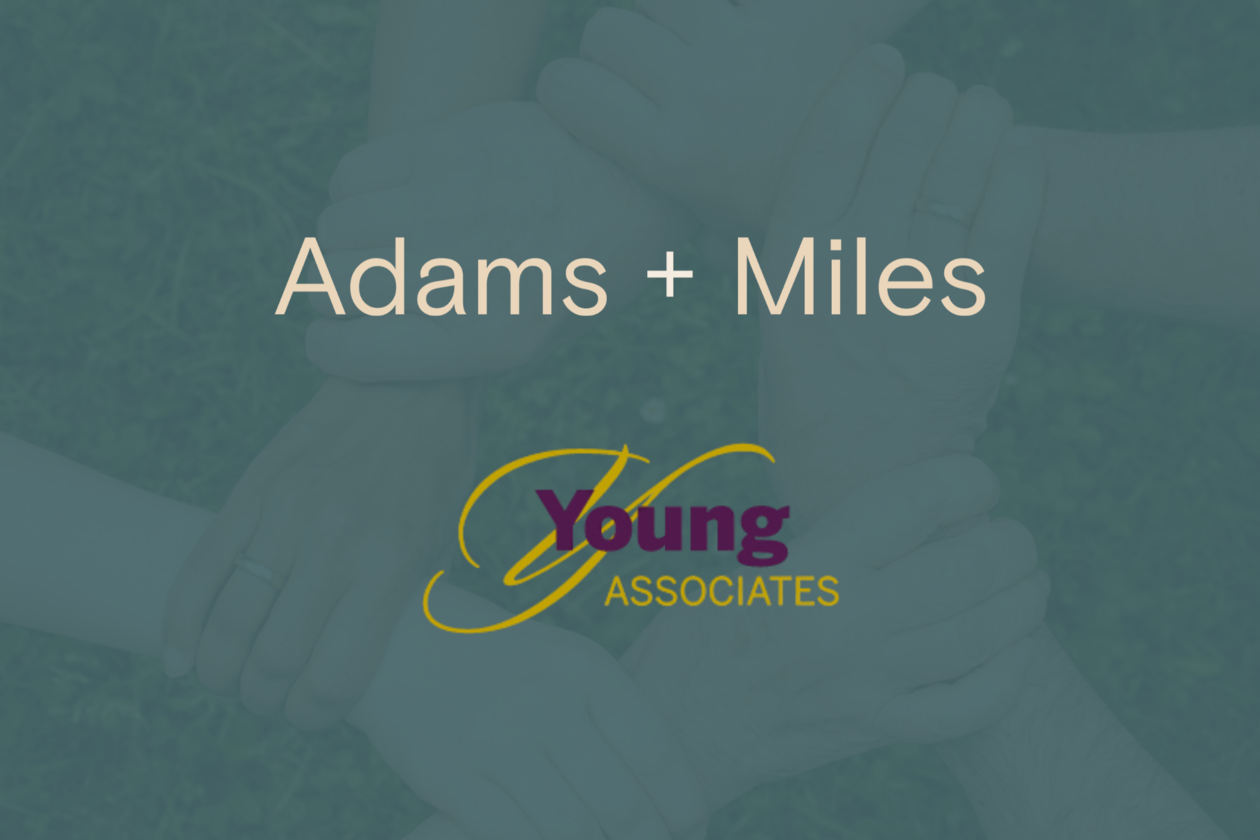This blog outlines tax measures announced in the 2024 Federal Budget that Adams + Miles considers most relevant to our clients:
Change in the capital gain inclusion rate
The inclusion rate is increasing from 50 per cent to 66.67 per cent for capital gains realized on or after June 25, 2024. For individuals only, the 50 per cent inclusion rate will continue to apply to the first $250,000 of capital gains realized annually. Notwithstanding the mid-year introduction of the 66.67 per cent rate, a full $250,000 threshold is allowed for capital gains realized on or after June 25, 2024. The inclusion rate for all capital gains realized before June 25, 2024, remains at 50 per cent.
Prior year net capital losses carried forward continue to be deductible from taxable capital gains and will be adjusted to match the inclusion rate of the capital gain being deducted from.
Adams + Miles comments
The government described this Federal Budget measure as targeting the wealthiest individuals. This measure will, however, extend to many others. Common one-time life events that may give rise to significant capital gains include the sale of a family cottage or deemed dispositions on death.
Individuals have until June 25, 2024, to review their assets and determine if accelerated realization of capital gains may be beneficial. This may also be the time to review whether realizing capital gains in personal holding companies remains effective tax planning.
Increase in the Lifetime Capital Gains Exemption (“LCGE”)
The LCGE increases from $1,016,836 to $1,250,000 on June 25, 2024. Annual indexation will resume in 2026.
A+M comments
This is a welcome announcement. The government appears to recognize the importance of small and medium sized businesses and the risk entrepreneurs take to establish and grow their businesses.
Minimum tax and charitable donations
Under rules announced last fall, only 50 per cent of a donation tax credit could be claimed in the calculation of minimum tax. The budget has announced that 80 per cent of a donation tax credit may now be claimed in the calculation of minimum tax.
A+M comments
Although not a perfect fix, this Federal Budget announcement is welcome relief for large donors and will reduce or eliminate minimum tax in many scenarios involving charitable donations.
New enforcement powers for CRA
The budget proposes to introduce a new enforcement power for CRA. It is proposed that “notices of non-compliance” may be issued by CRA to taxpayers who fail to comply with a CRA request for information or documents. The notice of non-compliance would be accompanied by a penalty of $50 for each day it remains outstanding to a maximum of $25,000.
A+M comments
While deliberate attempts by taxpayers to delay audits may occur, our experience indicates audit delays are generally attributable to confusion over ambiguous requests by auditors, difficulty in locating documentation due to age of the records and unrealistic deadlines imposed by auditors. We are hopeful CRA will enact strict internal guidelines to ensure these new powers are used only as a last resort and in cases where it is clear a taxpayer is not cooperating.
Canadian Entrepreneurs’ Incentive (“CEI”)
The budget proposes to reduce the inclusion rate by 50 per cent of the prevailing inclusion rate on capital gains realized on the sale of “qualifying shares”, up to an individual’s CEI lifetime limit. The lifetime limit of $2 million will be reached gradually, by annual increments of $200,000 over ten years, starting in 2025.
A+M comments
The definition of “qualifying shares” appears quite targeted, with several conditions and limitations. Time will tell how widely used this new incentive becomes.
Home Buyer’s Plan (“HBP”)
The HBP allows eligible home buyers to borrow from their RRSP, up to the withdrawal limit, to acquire or build their first home and repay their RRSP over a 15-year period, starting two years after the withdrawal. The HBP withdrawal limit has been increased from $35,000 to $60,000 and the start of the 15-year repayment period temporarily deferred from two years to five years for withdrawals made between January 1, 2022 and December 31, 2025.
A+M comments
This measure may benefit some young people, but the new First Home Savings Account still looks like the better option for many young people saving for their first home.
Canada Carbon Rebate for Small Businesses
Canadian-controlled private corporations with fewer than 500 employees that file their 2023 tax returns by July 15, 2024, will be eligible for this new credit. The credit will be based on the numbers of employees in a particular province and a specified payment rate for that province. CRA will automatically calculate the credit. No application is required.
A+M comments
This announcement fulfills an overdue promise by the government to return the carbon tax to small and medium size businesses. Business owners should ensure their 2023 tax returns are filed by the July 15, 2024 deadline.
Please contact your A+M partner if you have any questions about the 2024 Federal Budget announcements or any other matter.
Glen MacMillan, Tax Partner
The above content is not complete, does not address all scenarios and is intended for general information purposes only. This memo should not be used or relied on as a substitute for consultation with your Adams + Miles professional advisor.




